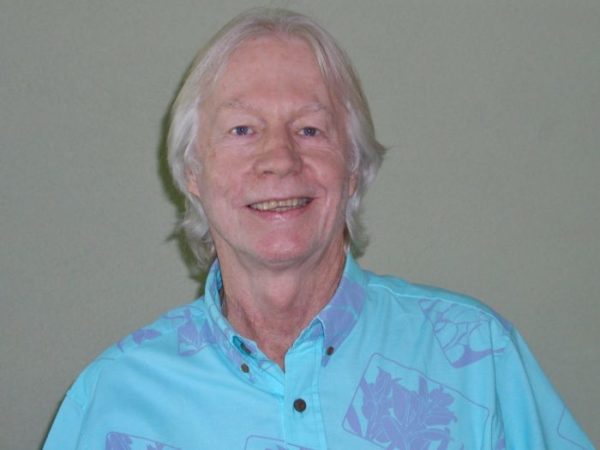
I was recently asked by the Board to review the agency’s Strategic Plan which sounds relatively dry and very businesslike. But in reality, Hale Kipa’s Strategic Plan has always been a dynamic part of the organization. Let me explain.
Hale Kipa does not do strategic planning in a traditional sense. We have what I would call a strategic position, that is, we identify a series of strategic priorities and then use a resource conservation model for which we attempt to address those priorities when the opportunity arises. The metaphor I use in describing this process is, “When windows open we go through, and when windows close we sit and wait.” Given the past year, it seemed extremely relevant for the organization to take a look at where we have been.
The Strategic Plan was drafted in 2018 and revised on April 6, 2019. Most non-profits seek to update their strategic plans every two years because the environment is extremely volatile and there has been a lot of uncertainty. Needless to say, COVID represents the uncertainty in the extreme, but in our field, it was not appreciably different than the lack of control we have over government policy, social policy, funders’ priorities, and whether or not we continue to receive support from the various state, federal, and local funders that make up the bulk of Hale Kipa’s revenue.
So, I did a relatively thorough review of our Strategic Plan paying close attention to all the things that were identified in April of 2019 as critical for the agency. For instance, at that point, construction on Old Fort Weaver Road was in its infancy. And so, we were not yet saying that we had finished the Capital Campaign or the project itself. Two years later, we can say both of those things are true, and thus during the COVID crisis, we were able to use the campus on Old Fort Weaver Road. I must say, we were very fortunate to have had that resource because our two emergency shelters there were able to provide support for each other, and the administrative and program staff that were on-site during the pandemic were able to provide support not only to the shelters but to each other and all of our programs.
As I reviewed the Strategic Plan, what was remarkable to me is how much progress we have made in the last two years. I have had a general sense that the last year-plus has been one where much has been suspended and we have been essentially treading water. Thus, it was extraordinarily helpful to take a look at all of the initiatives that we have embarked on in the last two years, and the progress we have made on those that were already in process. I will not go into detail, and I certainly will not try to make an exhaustive list. But I will point out that during that time, we developed a relationship with the Hawaii Department of Education through the Ho’oikaika Project, training school-based behavior health counselors and other groups of educators about Trauma-Informed Care.
We also partnered with Liliuokalani Trust (LT) in Lydia’s House, which opened in June of 2020 and closed in May of ’21 after placing all of the residents in more permanent and stable housing. Lydia’s House will reopen in early 2022.
We added two critical positions to the Senior Leadership Team; Chief Administrative Officer Tracy Janowicz, and Chief Program Officer, Ellen Wright. Their energy and perspective have been extraordinarily helpful in particular, because they are people who have returned to Hale Kipa. I can go on, but as look back on the last two years, what I am reminded most of is how thankful I am for much we have been able to accomplish despite the pandemic, and how well we have moved forward our agenda as an organization, including increasing compensation for the vast majority of the agency.
We are always appreciative of the work that our staff does. But never more so than during the pandemic when those that were on-line working in our shelters, in our Transitional Living Program, Hale Lanipōlua, and our Street Outreach program, never missed a beat and continued to provide service throughout the pandemic. And the rest of the agency continued to provide telehealth services supported by our administrative staff, as we responded to the needs of the youth, young adults, and families that we serve. Like all of those who were deemed essential workers, we owe a debt of gratitude to those who carried us through the pandemic.
As our Strategic Plan clearly shows, the organization is in a much stronger and healthier place after the pandemic. During the crisis, we tended to our knitting as the saying goes; paying attention to what mattered and continuing to be there for those who we are privileged to serve.



